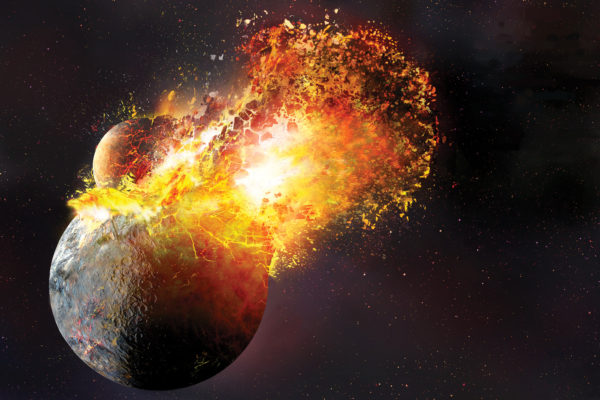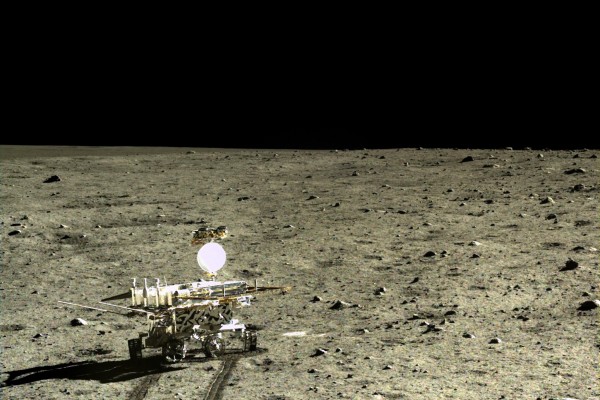Planetary smackdown
The leading theory for the moon’s formation got in trouble recently when it was revealed that the moon and Earth are isotopic twins. Now highly precise measurements of the isotopes of an element that was still condensed at the “cut off” temperature when material started to fall back to Earth suggest a dramatic solution to the problem.
New moon rock offers clues to moon’s formation
The Moon was never a fully homogenized body like Earth, analysis of Moon rocks made by the Chinese rover, Yutu, suggests. The basalts the rover examined are a new type, chemically different from those retrieved by the Apollo and Luna missions 40 years ago.
Apollo 11 moon rocks still crucial 40 years later, say WUSTL researchers
Photo by Randy KorotevLunar geochemist Randy Korotev, Ph.D., a research professor in the Department of Earth and Planetary Sciences in Arts & Sciences, said that there are still many answers to be gleaned from the moon rocks collected by the Apollo 11 astronauts on their historic moonwalk 40 years ago July 20. And he credits another WUSTL professor for the fact that the astronauts even collected the moon rocks in the first place.


